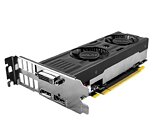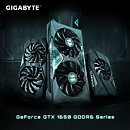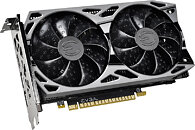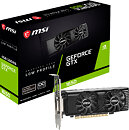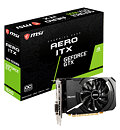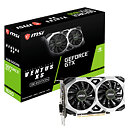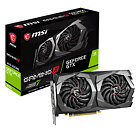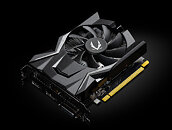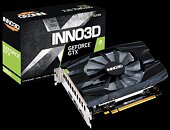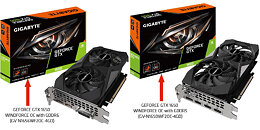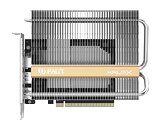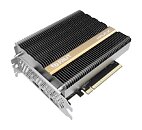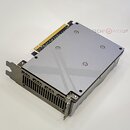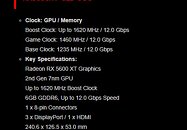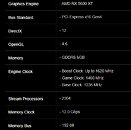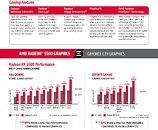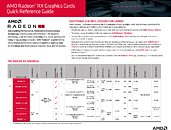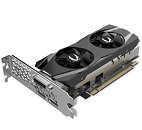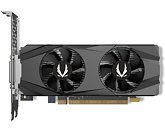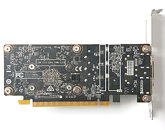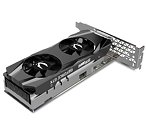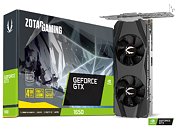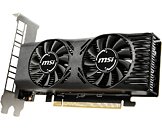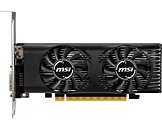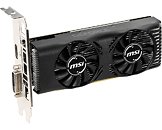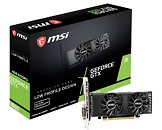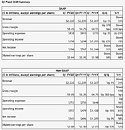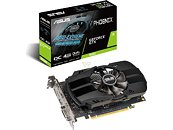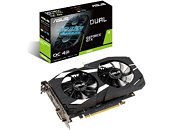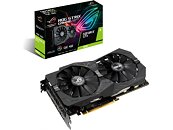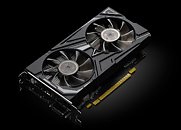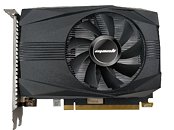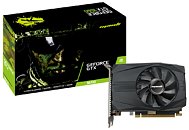
GALAX Unveils GeForce GTX 1650 GDDR6 Prodigy, EX, and LP Graphics Cards
GALAX unveiled its GeForce GTX 1650 GDDR6 graphics card lineup that includes four SKUs. The same four will be sold under the KFA2 brand in select markets. The lineup includes the standard GALAX GTX 1650 GDDR6 and its factory-overclocked EX-OC variant; a low-profile LP model, and the GTX 1650 Prodigy, targeted at gaming i-cafes. The standard GALAX GTX 1650 GDDR6 and its EX-OC variant feature an aluminium monoblock heatsink that's ventilated by a pair of 80 mm fans. The standard variant is clocked at NVIDIA-reference clock speeds of 1590 MHz GPU Boost. The EX-OC variant is clocked a notch higher at 1605 MHz GPU Boost. Both cards come with software-based "1-click OC" modes.
Next up is the GALAX GTX 1650 GDDR6 Prodigy, a cost-effective graphics card designed for gaming i-cafes. This card features a simple aluminium fan-heatsink with radially-projecting fins (similar to Intel stock CPU coolers); ventilated by a single 80 mm fan. The card ticks at NVIDIA-reference clock speeds of 1590 MHz GPU Boost. Lastly, there's the GTX 1650 GDDR6 LP, which as the name might suggest, is a half-height (low-profile) graphics card targeted at SFF or HTPC builds. The card features a chunky 2-slot thick monoblock aluminium heatsink that's ventilated by a pair of 40 mm fans. All four cards run their GDDR6 memory at 12 Gbps, and feature a common set of display connectors: one each of dual-link DVI-D, HDMI 2.0b, and DisplayPort 1.4.
Next up is the GALAX GTX 1650 GDDR6 Prodigy, a cost-effective graphics card designed for gaming i-cafes. This card features a simple aluminium fan-heatsink with radially-projecting fins (similar to Intel stock CPU coolers); ventilated by a single 80 mm fan. The card ticks at NVIDIA-reference clock speeds of 1590 MHz GPU Boost. Lastly, there's the GTX 1650 GDDR6 LP, which as the name might suggest, is a half-height (low-profile) graphics card targeted at SFF or HTPC builds. The card features a chunky 2-slot thick monoblock aluminium heatsink that's ventilated by a pair of 40 mm fans. All four cards run their GDDR6 memory at 12 Gbps, and feature a common set of display connectors: one each of dual-link DVI-D, HDMI 2.0b, and DisplayPort 1.4.


